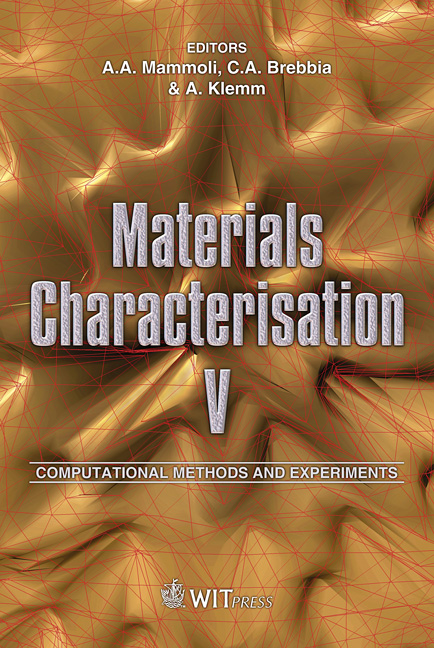Tension/compression Test Of Auto-body Steel Sheets With The Variation Of The Pre-strain And The Strain Rate
Price
Free (open access)
Transaction
Volume
72
Pages
13
Page Range
213 - 225
Published
2011
Size
872 kb
Paper DOI
10.2495/MC110191
Copyright
WIT Press
Author(s)
G. H. Bae & H. Huh
Abstract
This paper investigates the tension/compression hardening behaviour of autobody steel sheets with the variation of the pre-strain and the strain rate. To conduct tension/compression tests with the variation of the pre-strain and the strain rate, an experimental method was established by using a newly developed clamping device to suppress buckling of a specimen. The clamping device provides the supporting force from compression-type coil springs during the test with a conventional dynamic material fatigue testing machine. From experiments, the tension/compression hardening behaviour was observed with the variation of the pre-strain and the strain rate. Effects of the pre-strain and the strain rate on the hardening behaviour were also investigated based on the tension/compression test results. Keywords: tension/compression test, clamping device, pre-strain, strain rate. 1 Introduction Spring-back caused by the elastic recovery of the residual stress inside a formed part has been one of the most significant sources of defects in the sheet metal forming process in recent years. Spring-back predictability of numerical simulation, however, has not been satisfactory because its performance is not good enough to calculate accurate residual stress during the forming process. To improve spring-back predictability in numerical simulation, many researchers have been trying to use accurate information of the hardening behaviour of sheet materials in finite element analysis. The hardening behaviour of sheet materials
Keywords
tension/compression test, clamping device, pre-strain, strain rate





